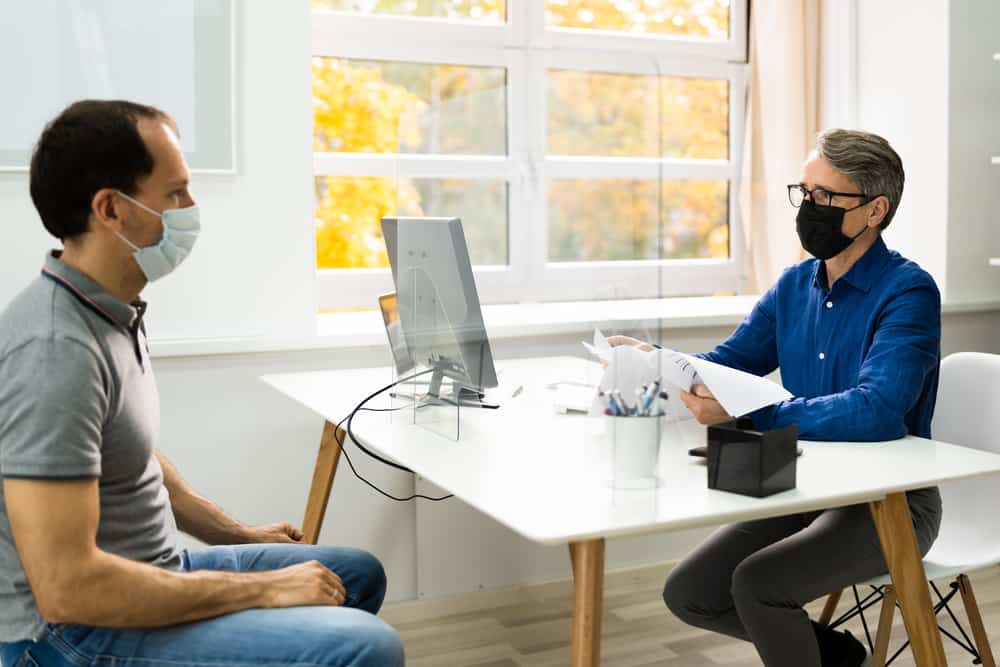When COVID-19 lockdowns were enforced last year, law firms quickly adapted to the remote work model and embraced conference calling and litigation. In addition, the successful vaccine rollout and the steady easing of the pace of new infections mean that cities and law firms are starting to open.
Currently, most law firms are flexible, preferring to leave the choice of returning to the office to lawyers, not making it a requirement. However, even as many firms understand that remote work will probably feature highly in the industry after the pandemic, some are also considering how more people can be brought back to the office.
Legal firms embracing remote work
In July this year, Klindenist announced its reopening in September. ABA Journal reported that the firm had decided to permit remote work to those employees who prefer it across its five offices in California and Washington. Heather Rosing, Klindenist President, and Chief Executive Officer said that this type of flexibility suited to their innovative approach helped position the firm to a good performance, despite the pandemic.
Another law firm, Reed Smith, told REUTERS that it wouldn’t require employees across its 17 U.S. offices to be in the office every day of the week once they re-opened. Instead, their new policy is to encourage flexible work.
Casey Tyan, the global head of legal personnel at Reed Smith, told REUTERS: “Our working environment and the ways we support clients have changed significantly from the pre-pandemic world. We will capitalize on what we have learned – at least the best parts.”
These are just two firms of many where remote work is set to become the norm as the pandemic eases and beyond. The benefits for legal teams include eliminating long commutes in busier cities, and for legal firms, the benefits include downsizing office space and decreasing staffing needs.
Encouraging an office return
Meanwhile, various internal office memos seen by Reuters and Bloomberg Law earlier this year indicate that some law firms are encouraging lawyers to return to the office.
Guy Halgren, Sheppard Mullin’s chair, urged lawyers to return to the office for at least some days of the week, even though it is expected that most of them will be spending a significant amount of time working remotely.
In a memo sent by chair Seth Zachary and the managing partners, Paul Hastings is expecting people to work from the office by default unless individual circumstances require some flexibility. However, according to a report from Bloomberg Law, the firm feels this is a crucial move to nurture its culture, allowing it to offer the highest levels of client service.
Forever changing the way legal firms work
Despite the initial challenges faced by the legal industry, it soon adapted by embracing opportunities and innovation. Moreover, these improvements appear set to stay, placing law firms in a better position to handle and disruptions in the future.
Post-COVID-19, one of the innovations of the pandemic, the adoption of remote work, is set to attract the best talent to law firms. This was seen in a recent survey from legal recruiter Major, Lindsey & Africa, which found that most lawyers from the incoming generation are looking for an opportunity to work remotely, even if it’s just some of the time.
However, remote work does have also present some problems. Legal industry leaders agree that there may be difficulties in maintaining firm culture and training of junior talent outside of the office. As a result, most feel that a combination of remote and in-office work will work best.
One significant concern voiced by Patricia Brown Holmes, Riley Safer Holmes & Cancila’s managing partner, is finding a balance between personal and work borders. The Chicago lawyer said: “There were no such borders during the pandemic. We cannot be expected to be available 24-7. We need to embrace some personal hours around remote work.”
Everyone in the legal profession is looking forward to returning to normal. Still, the legal world proved that it is much faster at embracing new normals and technology than it was ever given credit for.










